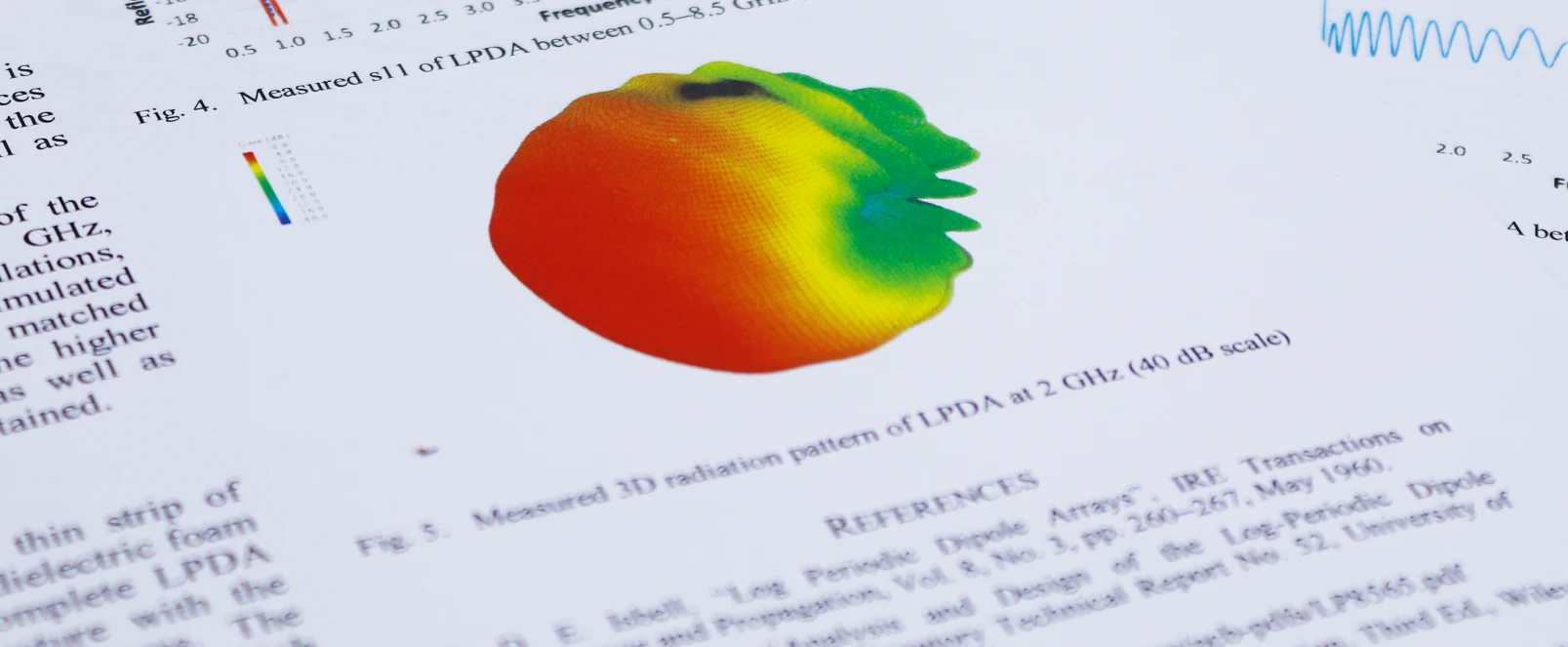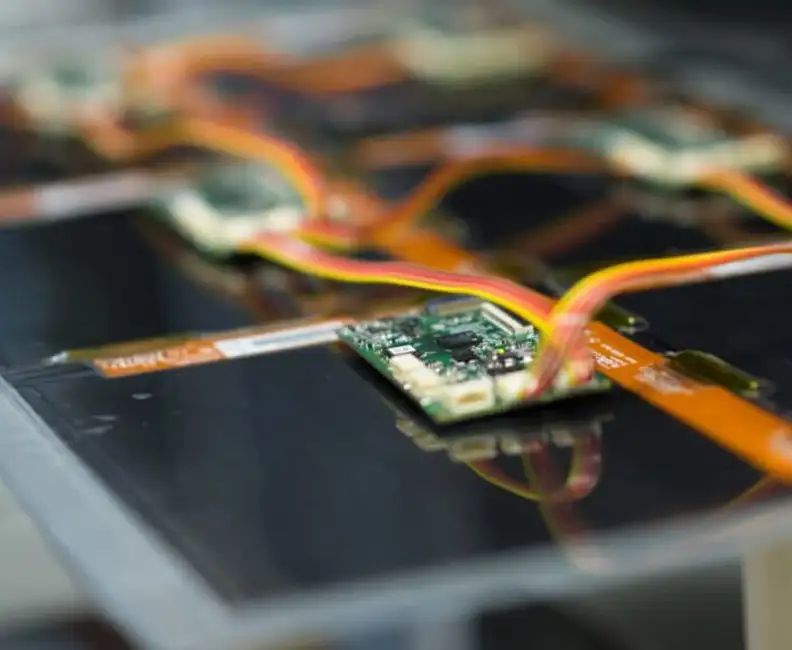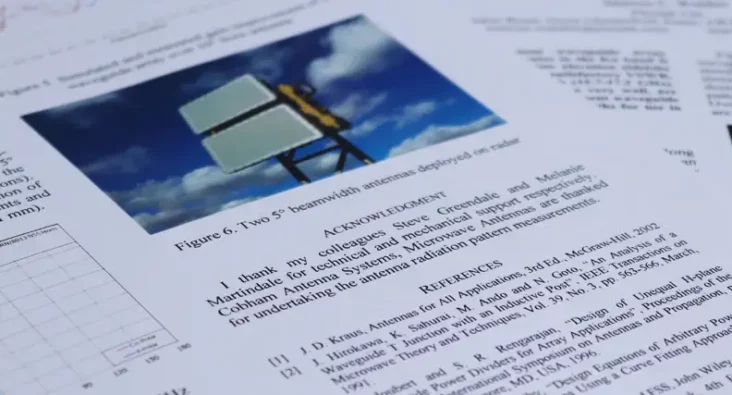
Written by Dr Marcus Walden
Principal Consultant - Antennas & Propagation
Folded Antennas; An Important Point of Clarification
In the world of electromagnetic technology, achieving better performance with antenna design is a key goal for researchers and engineers.
For example, folded antennas facilitate matching to high-impedance transmission lines (e.g. 300-ohm two-wire line). While the concept of folded antennas is many decades old, there are contradictory viewpoints in the technical literature concerning the folded antenna’s feed-point impedance and its relationship to radiation resistance.
This article is based on the technical paper titled “On the Radiation Resistance of Folded Antennas” presented at the European Conference on Antennas and Propagation EuCAP 2024 in Glasgow by Marcus C. Walden.
About folded antennas
Folded antennas are identifiable by their distinctive folded structures, forming one or more loops of closely spaced conductors. Their design can help match the antenna’s impedance to certain types of feeding line, the benefit of which is a reduction in losses, and corresponding increase in transmission efficiency. This makes them an influential player in various RF applications, whether they are half-wave resonant folded dipoles or electrically small, folded antennas.
The technical paper
Walden’s study highlights the conflicting viewpoints in antenna literature on the radiation resistance of folded antennas. It is well established that the feed-point impedance of a folded antenna is increased by the square of the number of folds. However, one perspective is that the increase in feed-point impedance equates to an increase in the antenna’s radiation resistance, while the other viewpoint is that folding provides an impedance transformation and the radiation resistance remains the same. It cannot be both and this quandary has puzzled Walden for many years.
Through theoretical insights and numerical simulations, Walden shows that the radiation resistance of a folded antenna is effectively the same as that of its simple counterpart (e.g. half-wave dipole and folded dipole). Therefore, the increase in feed-point impedance for a folded antenna is through impedance transformation. Practical and theoretical relevance Walden’s research and technical insights on folded antennas were one of the outcomes of practical antenna design work carried out by Plextek with the support of the Defence Science and Technology Laboratory (Dstl), partaking in the “Deployed Communications Evolving Against the Threat” (DCEAT) programme.
His EuCAP 2024 paper serves as an important point of clarification relating to folded-antenna theory that will aid understanding, both from an educational and a practical perspective. This research has real-world pertinence in defence and communication sectors, which becomes evident when considering important antenna metrics such as radiation efficiency for electrically small folded antennas.
Referenced works
Walden’s study also acts as an avenue for readers keen on delving deeper into antenna theory, providing an extensive bibliography of seminal and contemporary works in the field of folded antennas, including “Antenna Theory: Analysis and Design” by C.A. Balanis, and the folded dipole’s transmission line model by G.A. Thiele et al, amongst others. This extensive reference list helps readers gain a holistic perspective and offers a roadmap to explore specific aspects of antenna theory relating to folded antennas.
More information
The full technical paper, with specific insights and detailed analyses, is available to those interested in gaining an in-depth understanding of folded antenna design.
To download the technical paper click here.
Downloads
View All Downloads- PLX-T60 Configurable mmWave Radar Module
- PLX-U16 Ubiquitous Radar
- MISPEC
- Cost Effective mmWave Radar Devices
- Antenna Design Services
- Plextek Drone Sensor Solutions Persistent Situational Awareness for UAV & Counter UAV
- mmWave Sense & Avoid Radar for UAVs
- Exceptional technology to positive impact your marine operations


































































